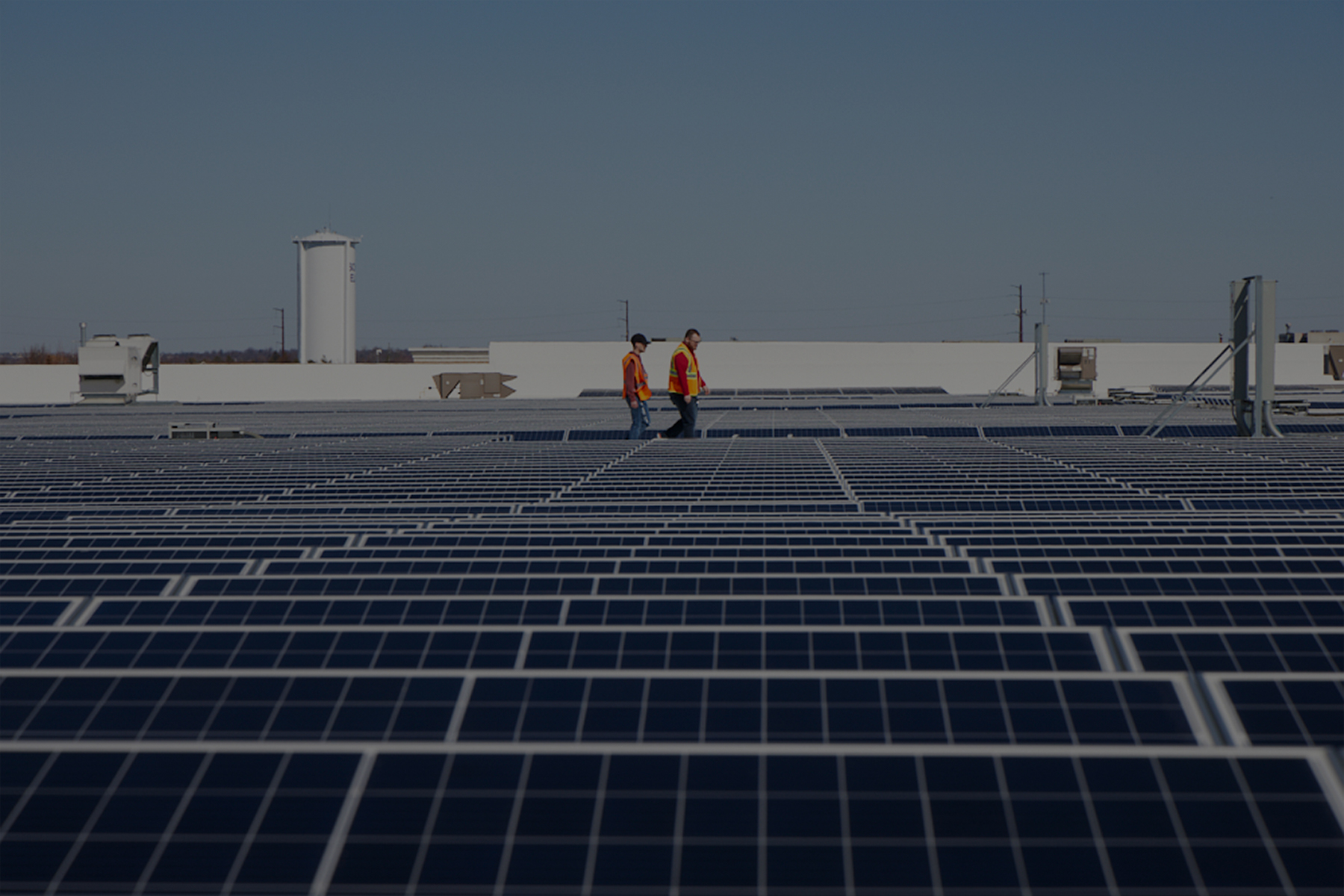We’re applying decades of design expertise to reduce waste and meet growing consumer interest in more sustainable choices that don’t sacrifice the value, quality, newness and joyful experience they expect from Target.

People, planet, business.
Our vision is to co-create an equitable and regenerative future together with our guests, partners and communities. We call our sustainability strategy Target Forward, and it’s how we’re leveraging our size and scale to benefit people, the planet and drive our business.
Explore Sustainability & Governance
Sustainability Strategy: Target Forward
Climate
Circularity
Responsible Resource Use
Our Team
Serving and Strengthening Communities
Target Foundation
Operating Ethically
Responsible Supply Chains
Governance & Reporting
Recent Articles
1 Net zero, as defined, is achieved when a company’s scope 1, 2 and 3 emissions are reduced to a level that is consistent with a 1.5°C pathway, and any residual emissions are removed from the atmosphere through either nature-based or technological carbon removal solutions (e.g., forestry, regenerative agriculture, carbon capture technology), by no later than 2050, in alignment with the Paris Agreement. Target has committed to net zero greenhouse gas emissions across our enterprise, 10 years ahead of the Paris Agreement.

